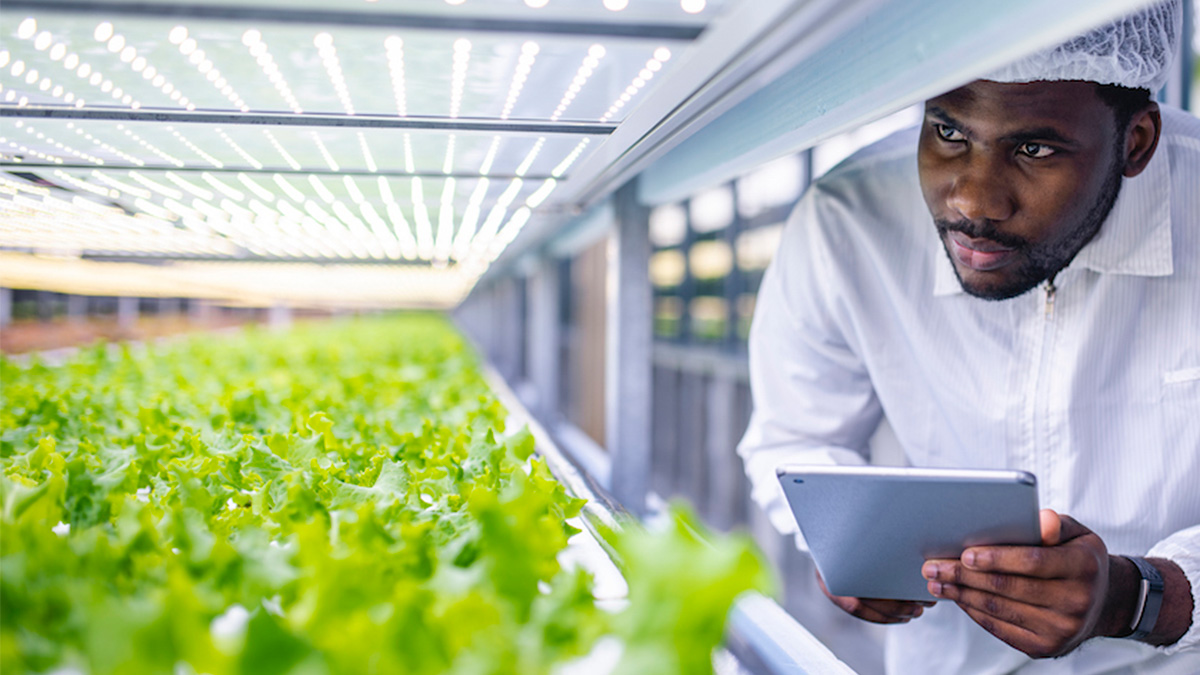
Tuesday, 01 August 2023
Solving global food security by using artificial methods for growing crops
Artificial methods of growing lettuce produce twice the amount of the crop as traditional field-based methods, according to a new study from the University of Surrey. The meta-analysis also found that it was quicker to grow lettuce using artificial methods, with production rates 50% faster in summer periods and up to 300% faster in winter.

Researchers reviewed over 120 published papers to try to understand the impact of using controlled-environment agriculture (CEA) systems to grow lettuce – a high-value crop commonly grown in these systems.
The study found that, on average, CEA methods produce double the yields compared to field-based agriculture (3.68 kg m−2 vs 1.88 kg m−2). The team also found that the cultivation time of CEA yields was, on average, 40 days. This was shorter than the average field-based cultivation time of 60–120 days.
Interestingly, the team also found that using CEA methods for vertical farming (where crops are grown in stacked layers) yielded significantly higher results (6.88 kg m−2) than field-based agriculture.
Climate emergency

Dr Zoe M Harris, co-author of the study from the University of Surrey, adds: “The climate emergency presents a frightening number of challenges for us all, including global food security. Controlled-environment agriculture could allow cultivation of crops in harsh environments, or in changing climates.
“Being able to quantify the benefits CEA can have on yield and growth rate is essential to advancing our understanding of where and when this technology can bring the most value to society.
“We hope that our findings underscore the importance of understanding CEA growth factors and emphasise the need for ongoing research in the area of controlled-environment agriculture.”
The study has been published in the journal Plants.